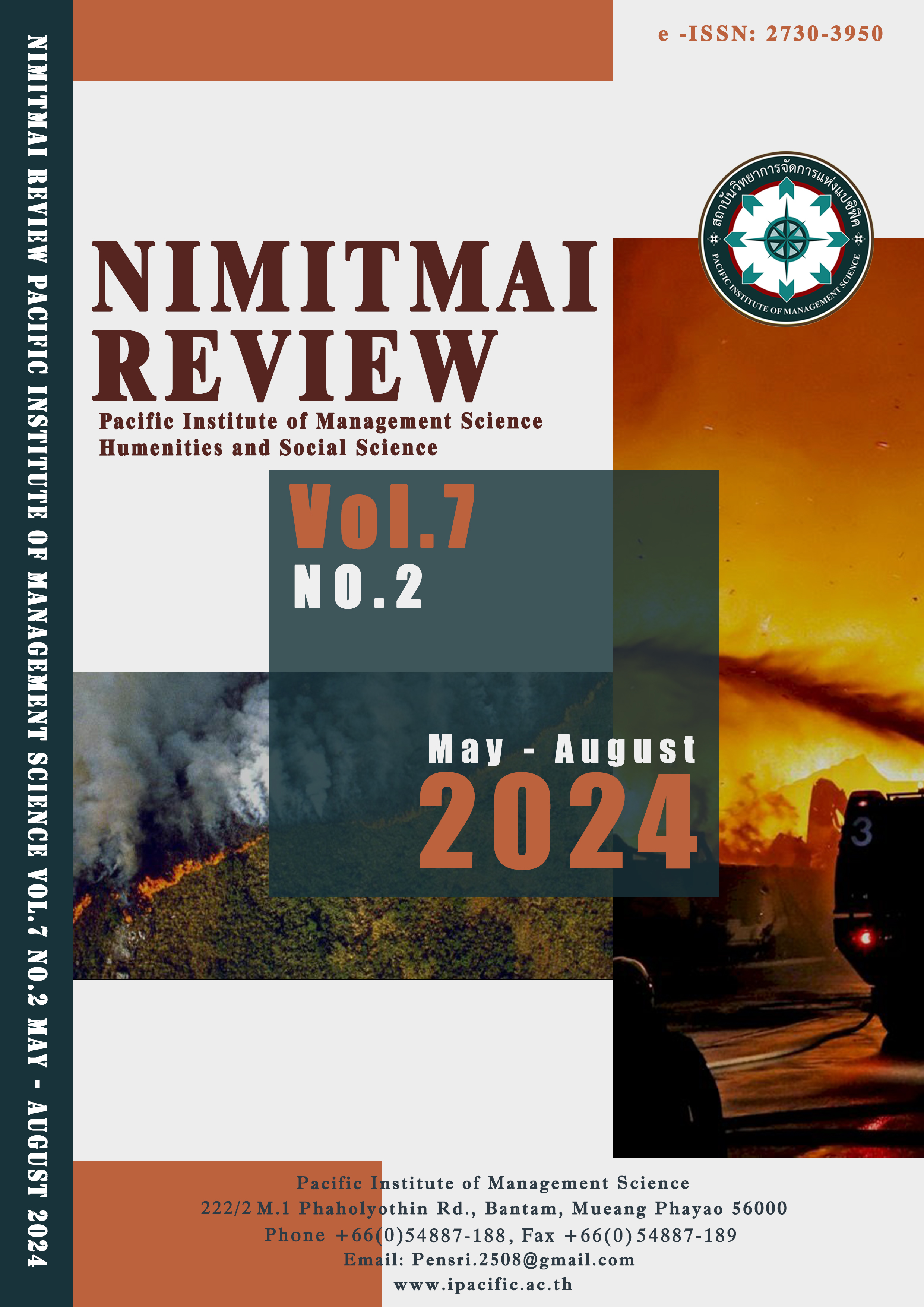Impact of Sports Tourism Destination Image to Travel Intention of Sports Tourism Destinations, Mediation as Perceived Value
Keywords:
: Sports Tourism Destination Image, Perceived Value, Tourism IntentionAbstract
This paper aims to explore the relationship between the independent variable sports tourism destination image and the dependent variable tourism intention with perceived value as the intermediate variable. The study selects Shanxi Province as the sports tourism destination, Taiyuan citizens as the survey object, randomly distributes 400 questionnaires, and recovers 335 valid questionnaires, which meet the research requirements through reliability and validity tests. This research adopts the way of questionnaire survey to conduct quantitative research. The main content of the analysis is item correlation analysis, regression analysis and structural equation model analysis. From the analysis results, the image of sports tourism destination has a significant positive impact on tourism intention, the perceived value has a significant positive impact on tourism intention, and the image of sports tourism destination has a significant positive impact on perceived value. Therefore, it is recommended to be oriented by market demand, build a multi-level leisure and entertainment product system, and enhance product connotation through national traditions and historical culture, thereby enhancing competitiveness. First of all, build a multi-level sports product system suitable for different tourists' consumption, encourage the creative development of tourism sports, improve the quality of tourism sports, and encourage tourists to produce positive behaviors. Secondly, through the construction of a multi-level leisure sports tourism product system to meet the needs of tourism consumers of different consumption levels, so as to be market-oriented and accelerate the upgrading of leisure sports tourism products through creative development. Finally, through the protection and excavation of national traditions and historical and cultural resources, highlight the combination of national traditions and sports products in sports tourism destinations, so that sports tourism products have positive cultural value.
References
A, L. D. , (2000). The price competitiveness of travel and tourism: a comparison of 19 destinations. Tourism Management, 21( 1), 9-22.
DuPont, L. . (2008). Evaluation of the competitiveness of tourist destinations: its application in the Caribbean. Escapes Tourism & Losers, 44-55.
De Vaus, D.A. (1986) Surveys in Social Research. Unwin Hyman, London.
Ge, M.N. , & Lu J,G. (2013). The impact of large-scale sports events on tourism companies’ marketing strategies: An empirical study from Wuhan. Journal of Zhejiang Shure University, 13(4), 38-43.
Larsen, G. R. , & Giver, J. W. . (2013). Understanding tourists' perceptions of distance: a key to reducing the environmental impacts of tourism mobility. Journal of Sustainable Tourism, 21(7), 96
Mohamed, B. , & Omar, S. I. . (2008). Competitiveness of Malaysian Tourist Destinations. NURI Symposium 2008, Architecture, Urbanization and Development: Toward Sustainable Cities in Nusantara.
Ruskin, J. . (1987). Les sept lampes de ltextquoterightarchitecture. Paris: Deno el.
View Shchogoleva, I. . (2017). Tourist Destinations Competitiveness Management.
Downloads
Published
How to Cite
Issue
Section
License
Copyright (c) 2024 Nimitmai Review Journal

This work is licensed under a Creative Commons Attribution-NonCommercial-NoDerivatives 4.0 International License.


